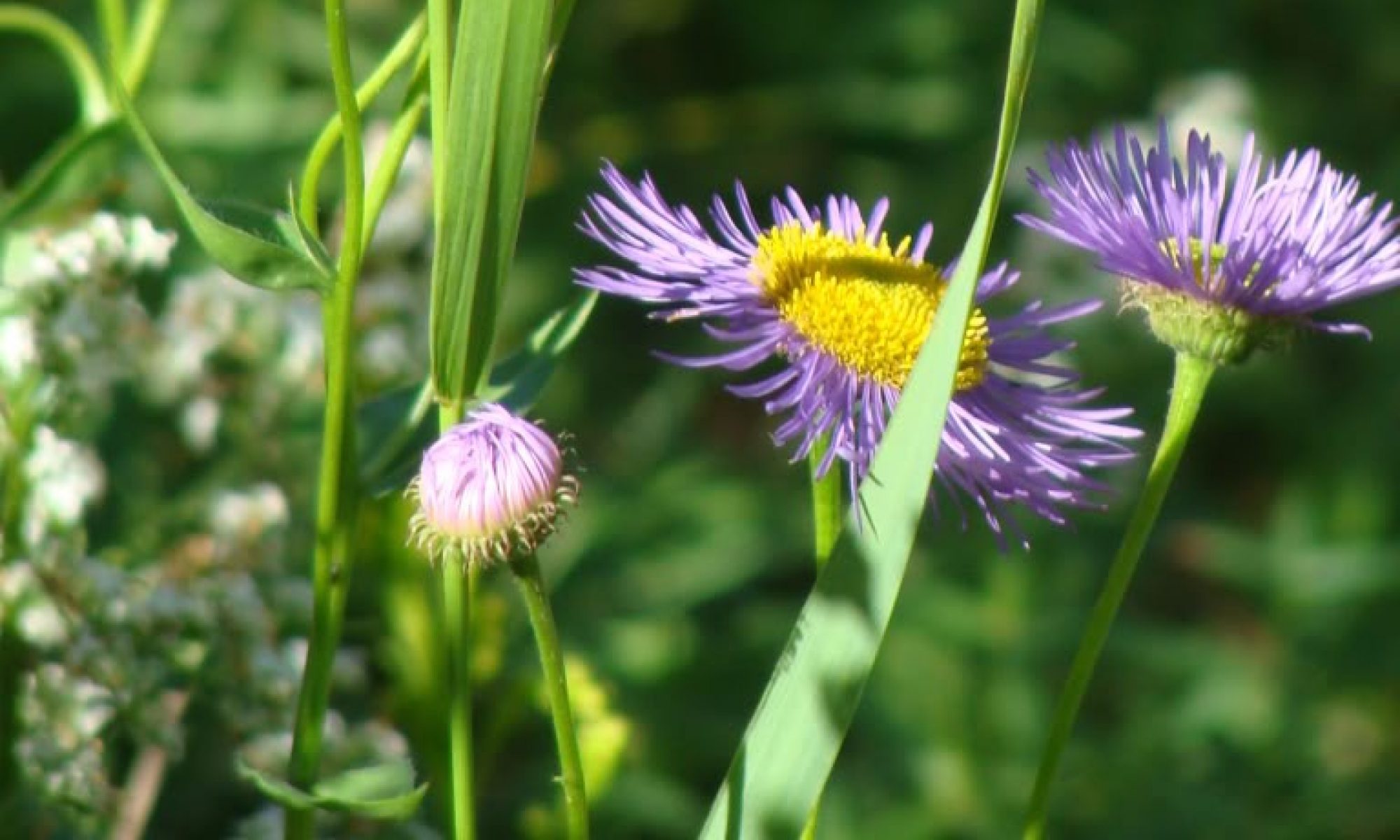The last few weeks saw me spreading native plant love in a modest way with friends. I gave eighteen Lupinus polyphyllus seedlings to our friends Stacy & Eric to plant around their restoration project up in Kenmore. I also gave nine Aquilegia formosa seedlings to friends Louise & Philip over in Broadview who have a great garden and a lot of hummingbirds. I also passed one of my Ribes sanguineum cuttings to my boss, Annie. Lastly, I had a bunch of native trees and shrubs delivered from Seattle Native Plants to a friend who was looking to fill some space in his barren Shoreline backyard.
We’ve been seeing spotted towhees around the garden the last two years. I attributed it to my more natural gardening style. I’m leaving a lot of leaf litter and branches and debris all around and the towhees love scratching in that “mess.” One human’s mess is a bird’s buffet! I’ve seen the towhees around my window feeder, too, but they are too big to get in/on it–they just scratch around or I will set out some sunflower seeds where they can get at them.
Most recently, we’ve noticed these birds very close to our front door. As we watched them, they seemed to be diving into some ground covers just about twelve feet from our front door. We had the driveway power washed two weekends ago and I assumed that if the towhees were thinking of nesting there, the noise and water spray only three feet away would scare them. But it didn’t!

Interestingly, the nest was placed among non-native ground covers (Geranium macrorrhizum) right on the ground, but very well hidden under a heavy covering of leaves. I’m excited that our yard has enough fauna to support this soon-to-be family of six! When I start feeling down and worried that nature can’t mix with humans, surprises like this towhee nest put me back on track.

































































